Thinking about high heat cooking? Choosing the right cooking oil for your food is important not just for the taste of it, but also for its effects, positive or negative, on health
Cooking oil is an essential ingredient of the maximum number of recipes. And, in fact you can find a vast variety of cooking oils in the market, extracted from different sources, both vegetable and animals. Then how is that you choose the right type of oil for your cooking.
Before picking the right kind of cooking oil for your food, it is essential to know the basics of each of them. It is essential not only to know which cooking oil is healthy, but also which one stays healthy even after cooking.
At higher temperatures required for cooking some of the oils might become unstable and turn rancid, leading to negative impact on the health. The worse thing for the oil would be for it to undergo oxidation while cooking. They would react with the available oxygen and form free radicals. Now, if you do not know what those radicals can do to you let me tell you so in a simple phrase—they are REAL %&%^# for your health.
The next question is how to determine whether the oil is going to undergo oxidation or go rancid, and at what temperatures. The factor that determines so is the measure of saturation of the fatty acids in the cooking oil.
Before we proceed further, I must tell you what exactly saturation is. If you’re a little acquainted with your chemistry books you must know about chemical bonds. Fatty acids containing single bonds are called saturated fats; the ones with one double bond are called as monounsaturated fats, while those with two or more double bonds are called polyunsaturated fats. These double bonds are responsible for heat sensitivity, making them oxidize at higher temperatures.
The polyunsaturated fats are the ones that are most sensitive to heat and can undergo chemical reactions while cooking. On the contrary saturated fats and mono saturated fats are more resistant to heat, and thus better for their use in cooking. Let’s take a look at some of the oils individually.
Coconut Oil
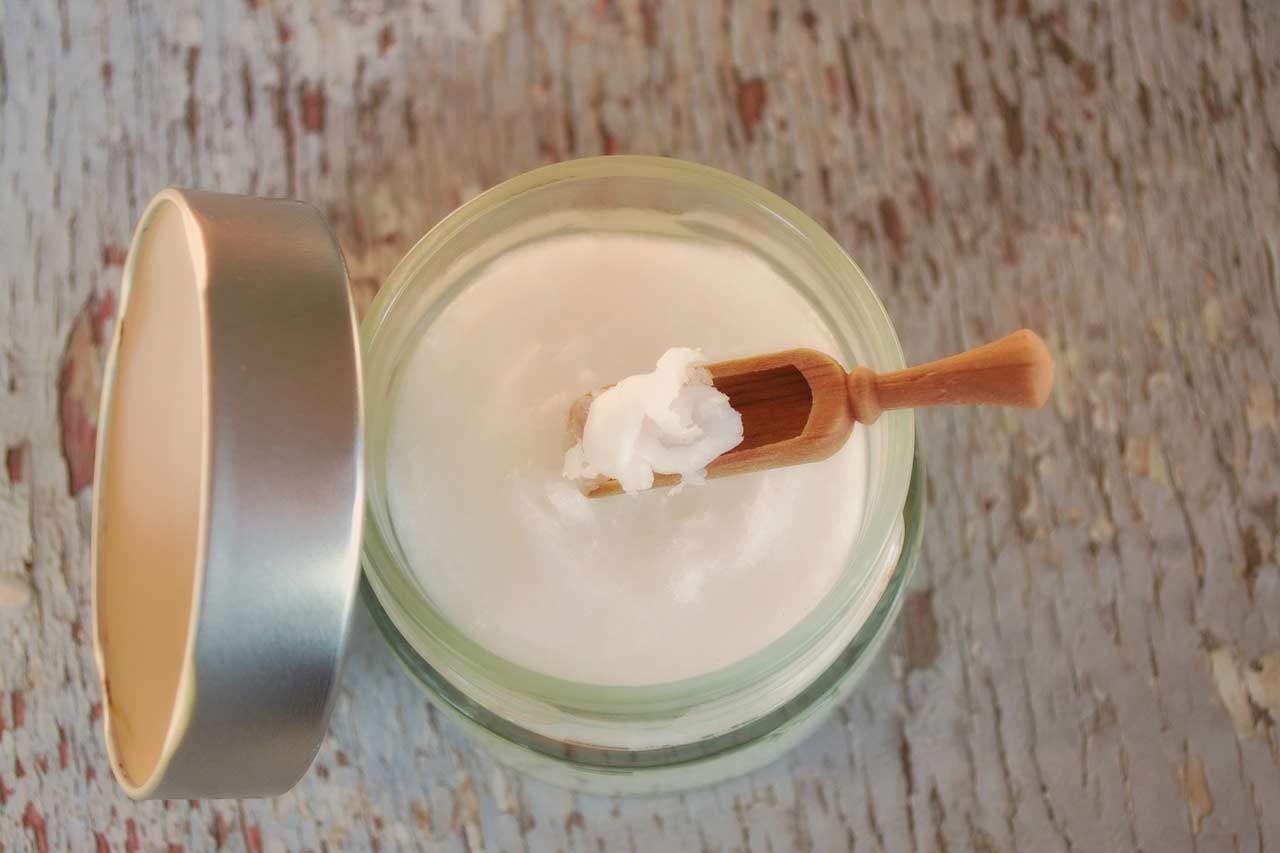
Talk about high heat cooking, coconut is the most heat-resistant oil making it the top choice.
Coconut oil contains about 92% proportion of saturated fatty acids. About 6% of fatty acids are monounsaturated and only 1.6% of the fatty acids are polyunsaturated. As we already discussed saturated fats are more resistant to heat.
Because of such a high heat resistance, the oil remains semi-solid at room temperature (in India and warmer countries it’s semi solid in winters and liquid only in hot summers).
Besides being heat resistant, coconut oil is also great for health. It contains a fatty acid known as Lauric acid that improves cholesterol and has some sort of bactericidal and anti-pathogenic action. Coconut oil is also known for boosting metabolism a bit and make one feel full easier than others (thus making a person eat less).
Well, if you’re wondering that why am I recommending a saturated oil at the top since a common notion is that unsaturated oils are healthier; I must tell you that recent studies1, 2, 3 have a different opinion.
Also Read: 10 Genius Ways To Use Coconut Oil For Healthy Skin
Butter

Like any other saturated fat, butter had also been condemned in the past. But trust me (and the studies) butter not just as safe as any other type of fat but also healthier in its own way.
Butter contains about 68% of saturated fatty acids, 28% of monounsaturated fatty acids and about 4% of polyunsaturated fatty acids.
Butter is rich in fatty acids like Conjugated Linoleic Acid & Butyric acid, which have great health benefits. It also contains Vitamins A, K2 and E.
Butyric acid helps in fighting inflammation and accentuates gut health. Interestingly, some studies have shown that it actually makes rats entirely resistant to getting obese. Isn’t that fascinating?
Conjugated Linoleic acid is known to reduce body fat proportion in humans.
One thing, however, that can be troublesome while cooking with butter is that it contains a little proportion of proteins and sugars, thus predisposed to getting burned while cooking at high heat like frying. One way to avoid that is to use clarified butter, also known as ghee. Ghee is devoid of protein and lactose, containing pure butterfat.
Olive Oil

Olive oil is the chief ingredient Mediterranean diet, a fat obtained from olives. Mediterranean diet is known for its cardiac benefits which are often attributed to the olive oil.
Several studies have validated the health benefits of olive oil. They tend to improve the proportion of the good cholesterol (HDL-High density Cholesterol) while lowering the amount of bad cholesterol (LDL-Low Density Cholesterol) in the blood.
Olive oil has about 14% of saturated fatty acids, 11% of polyunsaturated fatty acids, while monounsaturated acids in amounts as large as 75%.
Although it has fairly large amount of unsaturated fatty acids, studies have proven that it’s still quite resistant to heat, making it suitable for cooking.
Also read: 7 Amazing Reasons Why You Should be Eating Olives Daily!
Avocado Oil
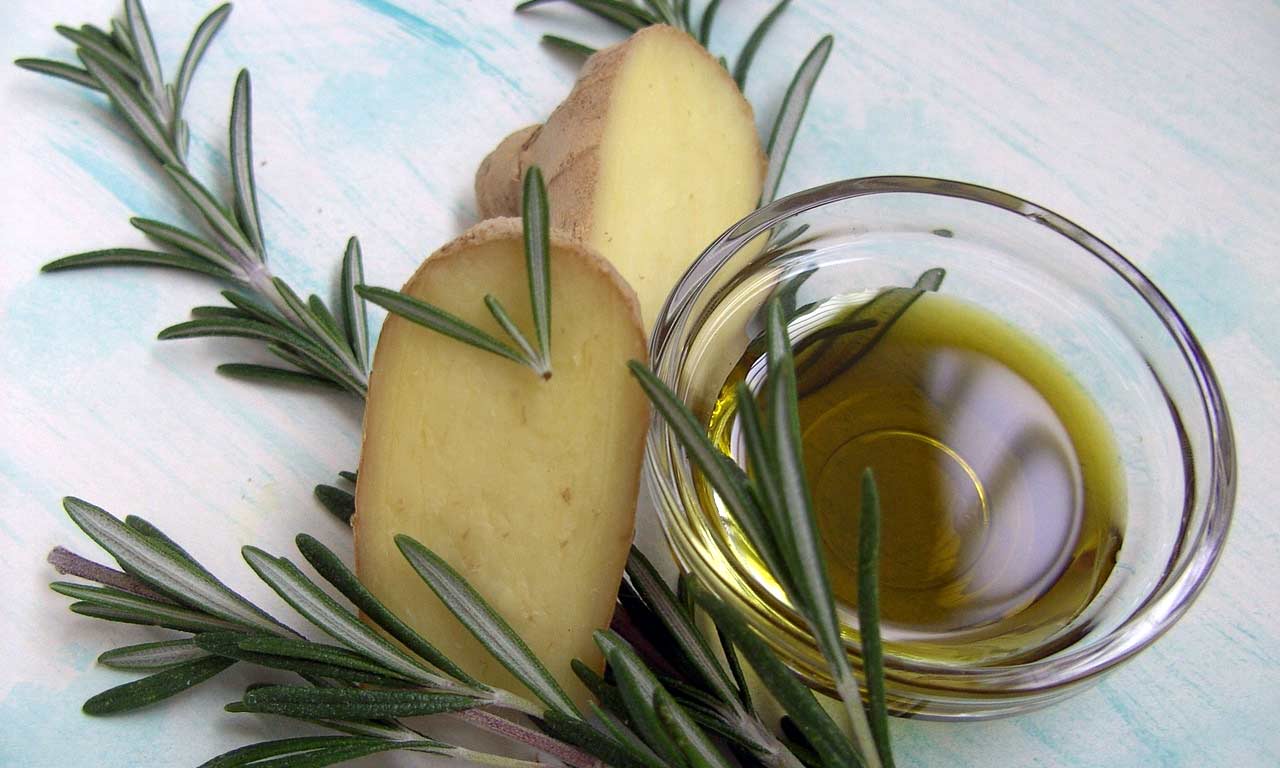
Avocado oil is very similar to the olive oil in its composition. It contains largely of monounsaturated fatty acids, and just a little of saturated and polyunsaturated fats.
Just like olive oil it can be used for cooking, or used cold.
Animal Fats

Depending upon the food an animal eats the proportions of the fatty acids varies. For example, grain eating animals would yield fat with higher amount of polyunsaturated fats, while grass eating animals yield fats richer in saturated or monounsaturated fatty acids.
Hence, the animals that grow up on their own (eating grass) would provide fat better suited for cooking.
Lard and tallow are easily available animal fats and you can buy them from the stores. Also, you can save some dripping from the meat and prepare on your own. Bacon drippings taste wonderful.
Palm Oil

Palm oil, as the name suggests is obtained from the fruit of oil palms. The oil is composed chiefly of saturated and monounsaturated fats, while containing only a little of polyunsaturated fatty acids.
Higher amount of heat-resistant saturated & monounsaturated fats makes it a good option as cooking oil.
The unrefined Red Palm oil is the best option. It is rich in Coenzyme Q10, Vitamin E and a few more nutrients.
Fish Oil

Oil obtained from fishes is quite rich in Omega-3 fatty acids (animal form), DHA & EPA. In fact just a tablespoon is of fish oil enough for the entire day’s need.
I’m sure you already know that cod liver oil is considered the finest fish oil. Besides the fatty acids, it’s also rich in vitamin D3. Vitamin D3 deficiency is too frequent, thus making this cooking oil a top choice.
Nevertheless, fish oil cannot be used for cooking. The high amounts of polyunsaturated fats make it unsuitable for cooking. It should be used as supplement to the diet. As I said earlier, one tablespoon per day is sufficient. The oil should be kept in cool, dry and dark place.
Flax Oil
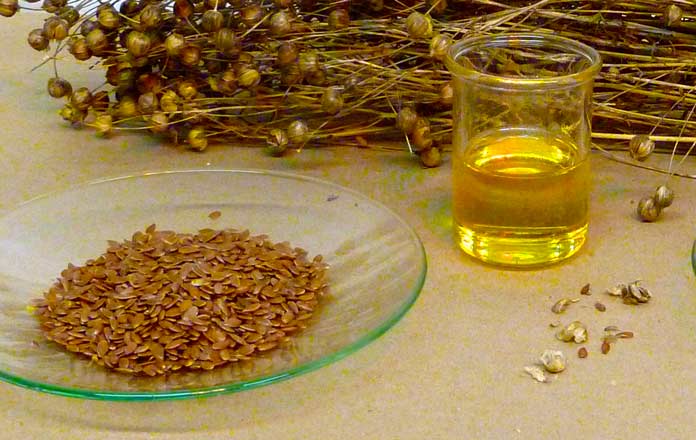
Flax oil is rich in Omega-3 fatty acids (plant form) and Alpha Linolenic Acid (ALA). Although cod liver oil remain the first choice as Omega-3 supplement, the vegetarian can also use flax oil for the same.
The disadvantage of flax oil over Fish oil is that while fish oil has EPA and DHA, flax oil has ALA that needs to be converted to EPA and DHA by the body. Human body unfortunately is not very comfortable doing so.
Just like fish oil, flax oil cannot be used for cooking too.
Nuts Oil
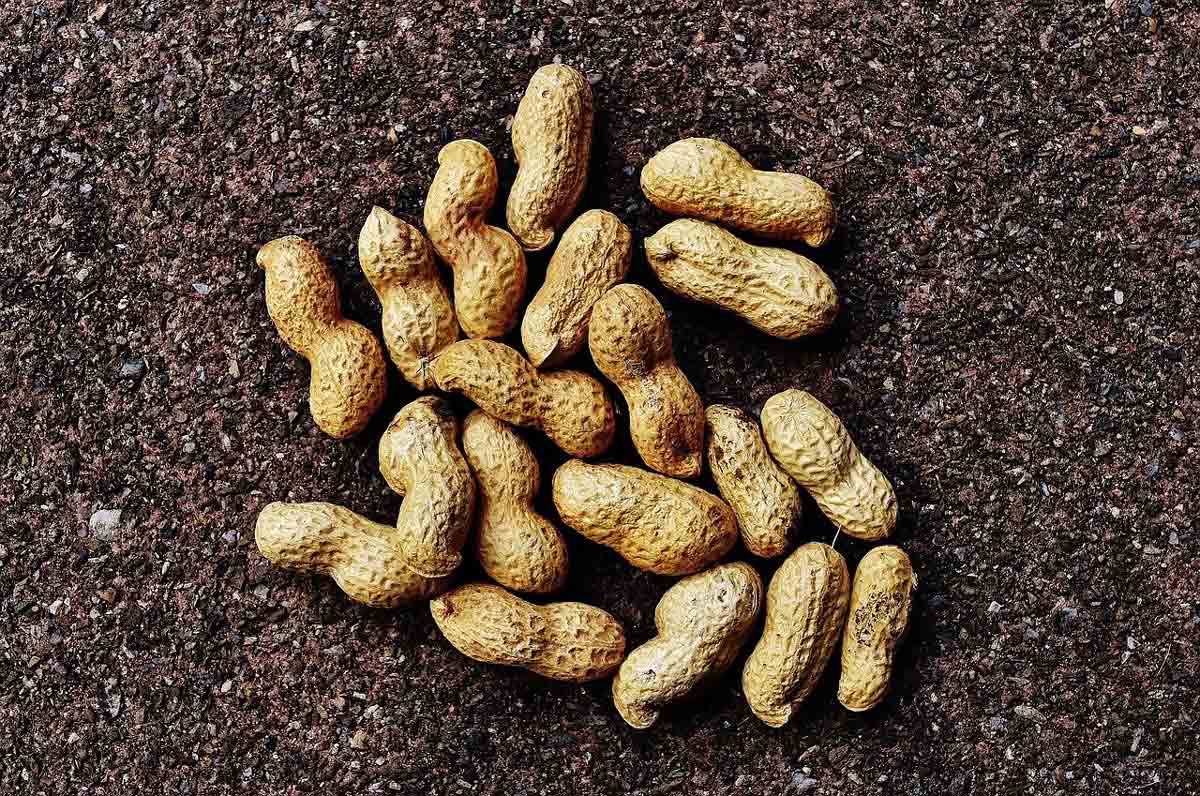
You may find a variety of oils derived from the nuts.
Being very rich in polyunsaturated fatty acids, however, makes them unsuitable for cooking. They can be used cold in food.
Peanut, though technically isn’t a nut but legume, is similar to other nuts oil in composition.
Only nut oil that is rich in monounsaturated fatty acids is Macadamia Nut oil. Though I haven’t tasted it, it’s known to be delicious. It can be used for low heat or mild heat cooking. Only disadvantage is its price.
Also Read: Benefits of Adding Peanut Butter to Your Breakfast
Canola Oil
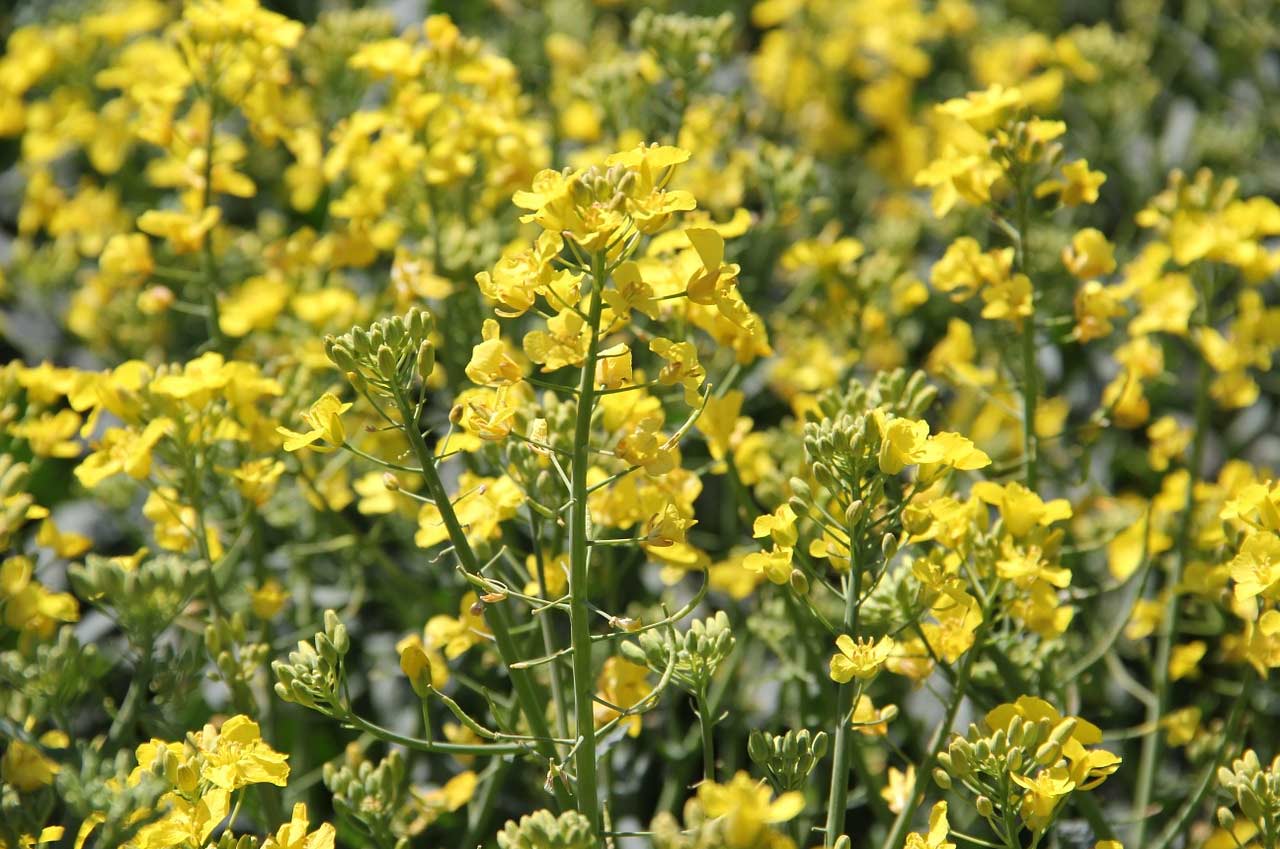
Canola oil is obtained from rapeseeds.
The oil contains good proportion of monounsaturated fatty acids, besides having Omega-6 and Omega-3.
The only disadvantage of Canola oil is that the crude rapeseed oil it contains a bitter, toxic constituent called euric acid. The oil has to undergo a tough and cumbersome process before coming out as safe Canola oil.
Vegetable & Seed Oils

The buzz had been that vegetable & seed oils are the best among all cooking oils and beneficial to the heart. In fact, the industrial oils are processed and refined to contain rich amounts of Omega-6 fatty acids.
These are quite rich in polyunsaturated fatty acids (PUFAS) which along with Omega-6 fatty acids made quite a spectacle in the media, making people switch to them for most of their cooking needs.
The truth, however, is opposite. The high amount of polyunsaturated fatty acids makes them heat-sensitive, thus, unsuitable for cooking. Also, recent studies4, 5, 6, 7 have shown that instead of being good for heart they are rather dangerous. Vegetable oils should be avoided including soybean oil, Cottonseed Oil, Corn Oil, Rapeseed Oil, Canola Oil, Sesame Oil, Sunflower Oil, Safflower Oil, Grapeseed Oil, and Rice Bran Oil.

We normally use Vegetable oil, but i think we should use more of Olive oil now.
Thanks for this super informative post.
Olive oil definitely is a super oil, coconut oil is great too. After the recent research data most advanced countries have changed to olive oil, or butter for their cooking (although not many of the foods are fried in oil). In fact whenever I am watching some cooking show from another country (like on Fox life) they’re using Olive Oil to cook(or even raw).